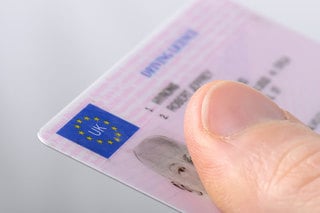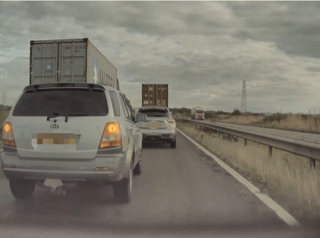Steve Palmer started his career as a fleet manager so he knows all about the responsibilities that come with the role.
He also understands the importance of risk management, but believes that safety needs to move up the agenda if fleets want to lower the cost of insurance and comply with legal obligations.
“My philosophy is good risk management is good fleet management; the two work hand-in-hand,” says Palmer, now a risk adviser with insurer Aviva.
It is his job to help fleets understand the importance of risk management to not only cut the costs of accidents and insurance premiums, but also to keep them compliant with the law.
Palmer joined Aviva in 2001 when it was still Norwich Union. Before that he worked as fleet manager at the CWS North Eastern Co-op for 14 years.
At Aviva, Palmer manages a team of eight field-based risk advisers who cover the UK.
Explore risk management policy
Typically, a fleet customer will initially meet with an insurance broker.
If either the customer or the broker wants more information, then a meeting is set up with Palmer and his team where they can explore their risk management policy in more detail.
“We work with the brokers to get a full view of how companies manage risk,” says Palmer. “We don’t put a price on the premium, but we can influence it.”
Essentially, Palmer and his team are looking for fleets to have a health and safety policy in place which effectively monitors and communicates with drivers.
Last year Aviva’s risk advisers met with more than 13,000 fleet customers and found that a lot of companies struggle with monitoring drivers effectively and successfully implementing driver policies.
“It’s really important companies have risk assessments in place and that they have an ongoing plan of action to reduce the risk of accidents,” said Palmer.
Companies are measured against national averages dependent on vehicles, miles and location and also benchmarked against businesses in their sector.
All of the reports generated by Palmer and his team are sent to the customer, the broker and the underwriter to assist in the pricing of the premiums.
Palmer has seen a drop in accidents and consequently premiums as a result of the recommended initiatives being introduced.
“In order to help our customers, we need to understand them and how the risk in the fleet is managed,” he says. “It’s about bringing knowledge to customers but they need to be open and honest with us on how they manage risk.”
Effectively implementing procedures
Palmer believes that once the health and safety policies and procedures are in place, it is equally important that they are effectively implemented, monitored and reviewed.
Introducing initiatives like risk assessments, driver handbooks, driver training, regular vehicle inspection and effective journey planning are just some of the areas he will explore with companies.
It is important for fleets to manage and record accident levels so they can be constantly aware of whether more training needs to be carried out or if there has been a drop in accidents to feed back to the insurance broker and underwriter.
Communication is key issue
Communication is another key issue for fleets. Palmer has found that some companies may have comprehensive policies in place, but struggle to communicate them to the drivers.
“A company may have a good risk management policy, but this often becomes diluted as it moves down the chain to the driver,” he says.
Palmer and his team try to educate their customers on the latest legislation and advice on risk management through Aviva’s website, newsletters and documentation sent out by the brokers. They also work with the FTA and Brake.
He also runs training courses for brokers and says it is important they gain knowledge on the fleet industry so they can help their clients.
n To view the 10 essential elements to risk management go to www.fleetnews.co.uk/managing-risk/


















Login to comment
Comments
No comments have been made yet.